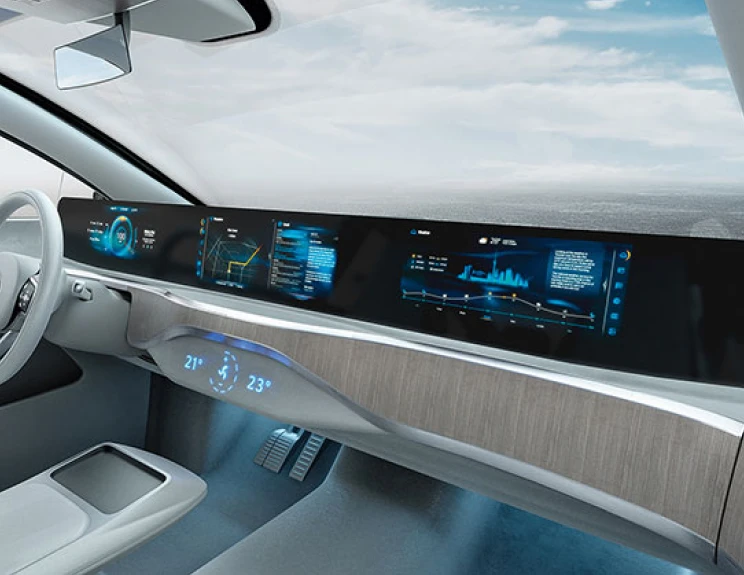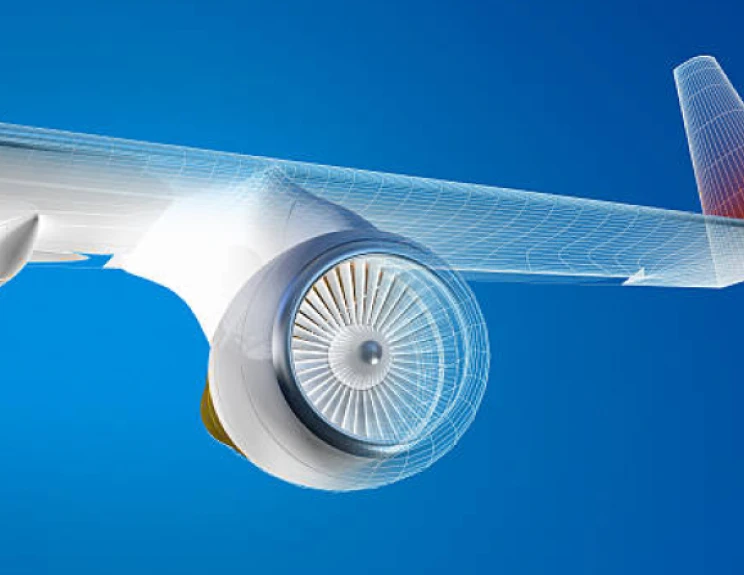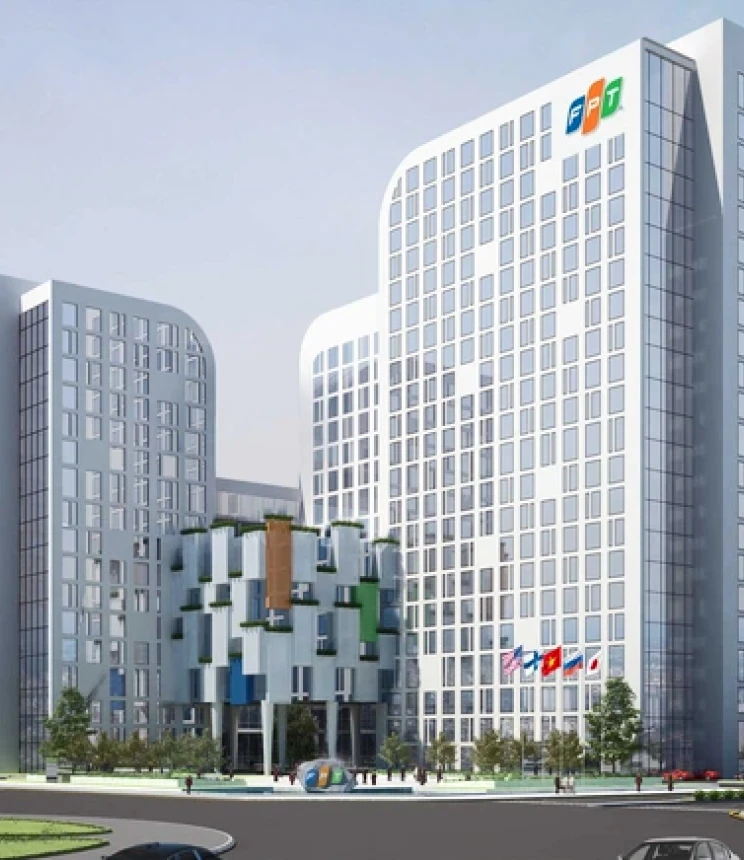
In an era where consumer expectations evolve faster than most development cycles can keep up, the way businesses build and launch e-commerce platforms is ripe for disruption. Traditional approaches, frequently laden with long requirement phases, static prototypes, and custom builds, often struggle to keep pace with market demands, leading to delays, ballooning budgets, and missed opportunities.
What’s needed is not just faster execution, but smarter execution. And that’s where a new class of modular, AI-driven platforms like ON.E is making a meaningful impact.
The Problem with “Custom”
Every retailer wants something unique. An experience that reflects their brand, resonates with their audience, and meets their operational needs are all highly sought after. But “custom” has historically meant slow, costly, and rigid. Many organizations spend months in discovery and prototyping, only to find that the final product still misses the mark. Worse, these monolithic builds are hard to update and adapt as business conditions change.
ON.E reframes this challenge. Rather than starting from scratch, it applies a composable model: pre-built, tested modules that can be assembled, modified, and extended in real-time. This modularity enables rapid prototyping and shortens time-to-market, but more importantly, it introduces a much-needed feedback loop between vision and execution.
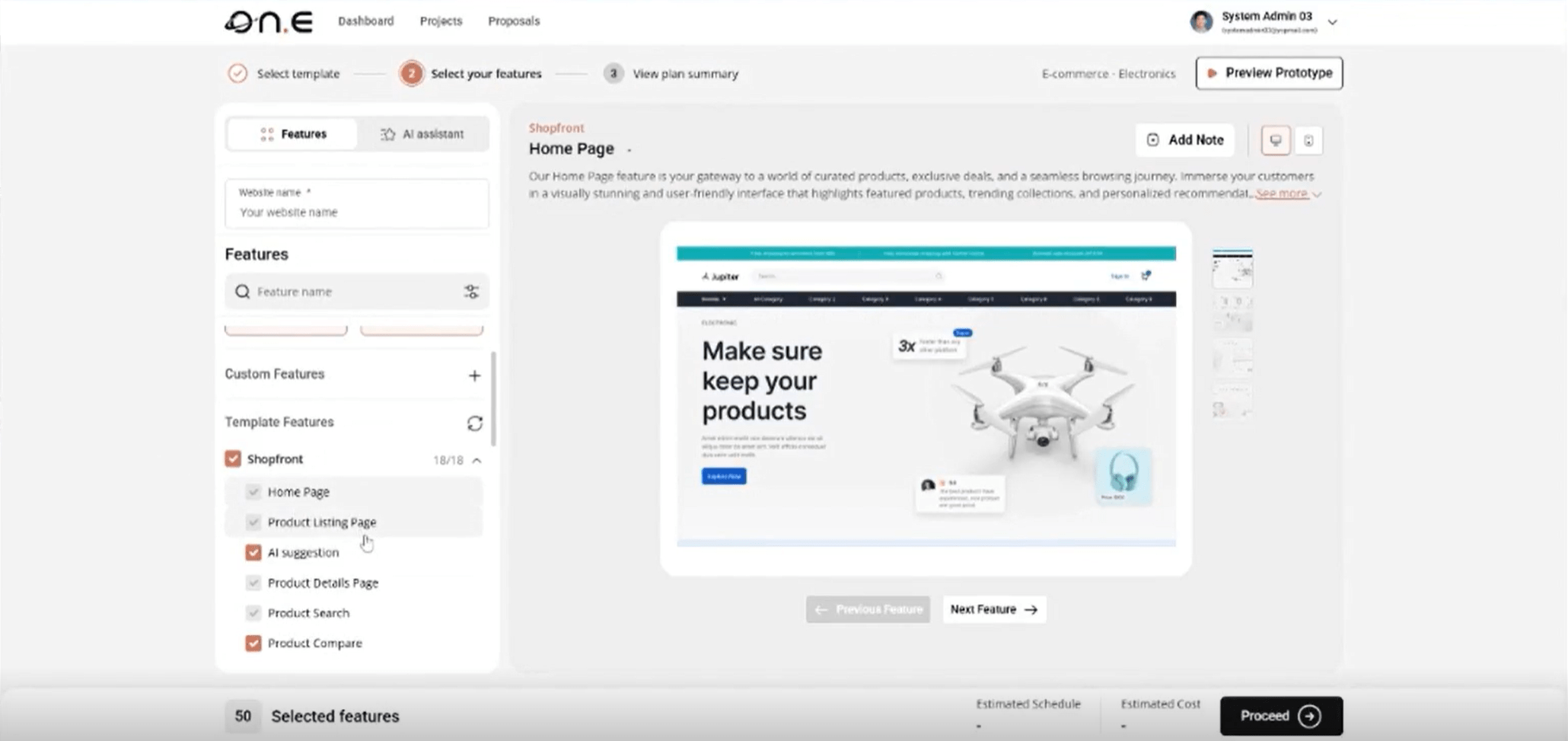
Why AI-Led Design Matters
One of the persistent challenges in e-commerce implementation is feature sprawl. Teams often overbuild, layering in functionality that adds complexity without delivering real value. An AI-led platform like ON.E offers a different path. By asking smart, guided questions and analyzing business context, it helps teams focus on the features that matter most: alignment with their audience, product type, and market behavior.
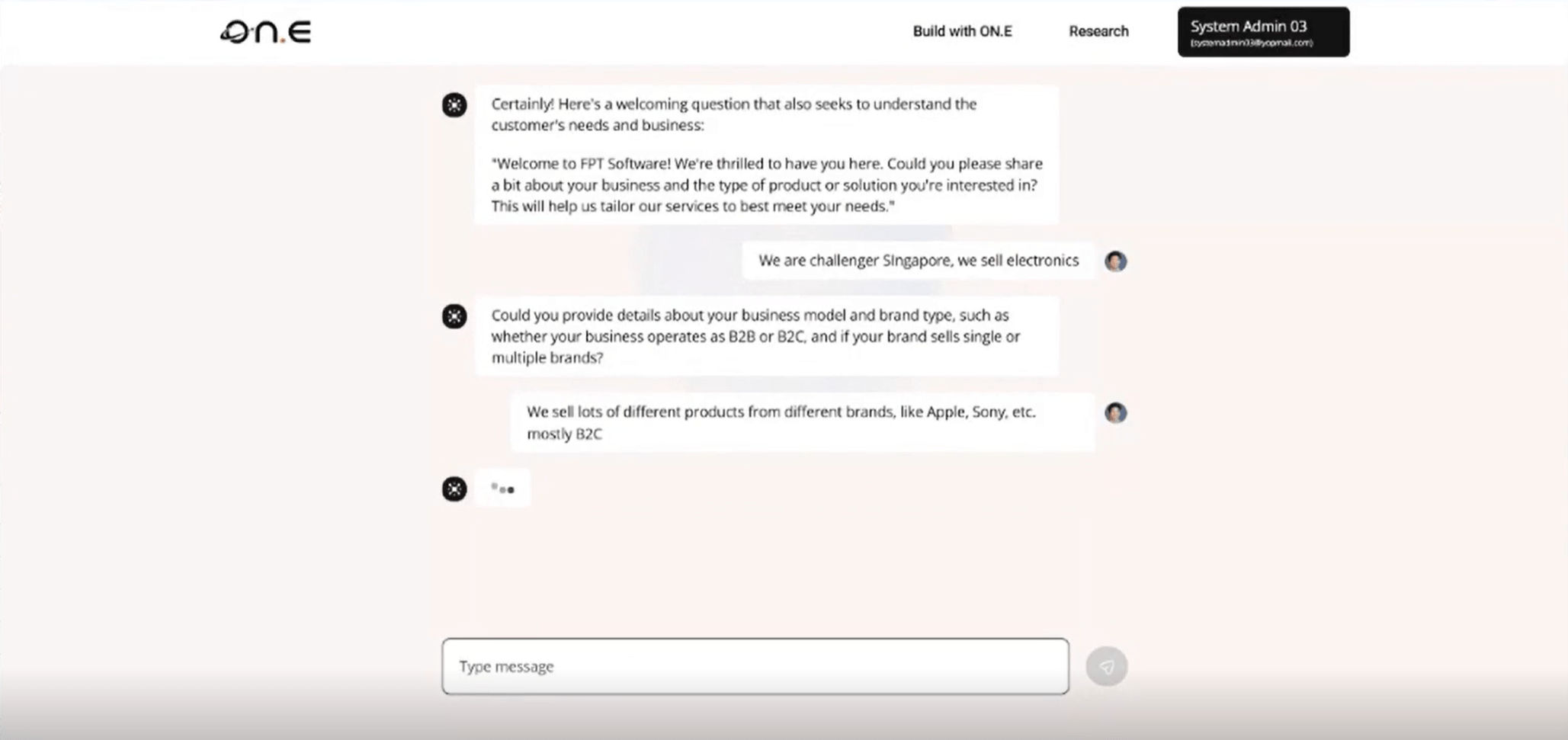
The result is not just operational efficiency. It's clarity. Teams spend less time in revision cycles and more time refining real experiences. AI also plays a role in enhancing customer-facing features, from intelligent product recommendations to localized UX variations based on regional shopping habits.
This kind of intelligence is especially critical as brands expand globally. What works in North America might fall flat in Southeast Asia, where return rates, logistics, and shopping behaviors differ drastically. Embedding this regional awareness into the platform’s logic removes guesswork and accelerates market fit.
Experience Before Commitment
Another powerful shift is how ON.E turns the traditional development process on its head. In most scenarios, businesses see their site only after it's built. By then, changes are expensive, and compromises are inevitable.
ON.E offers instant interactivity—live, working prototypes with real front-end behavior. Users can test how it feels to browse, shop, and manage the store before they commit to a build. This experiential approach reduces ambiguity, aligns stakeholders faster, and ultimately leads to better decision-making.
Modularity Is More Than Efficiency
The benefits of modularity go well beyond development speed. In a time when digital transformation isn’t a one-time project but an ongoing evolution, modular architectures allow companies to respond faster to change. Whether it’s integrating new payment systems, updating catalog logic, or launching in a new geography, composable platforms let teams adapt without tearing down what already works.
For growing businesses, this flexibility is a strategic advantage. It supports experimentation without the overhead of full rebuilds. It also democratizes innovation, giving non-technical users more agency to shape the commerce experience through intuitive tools and previews.
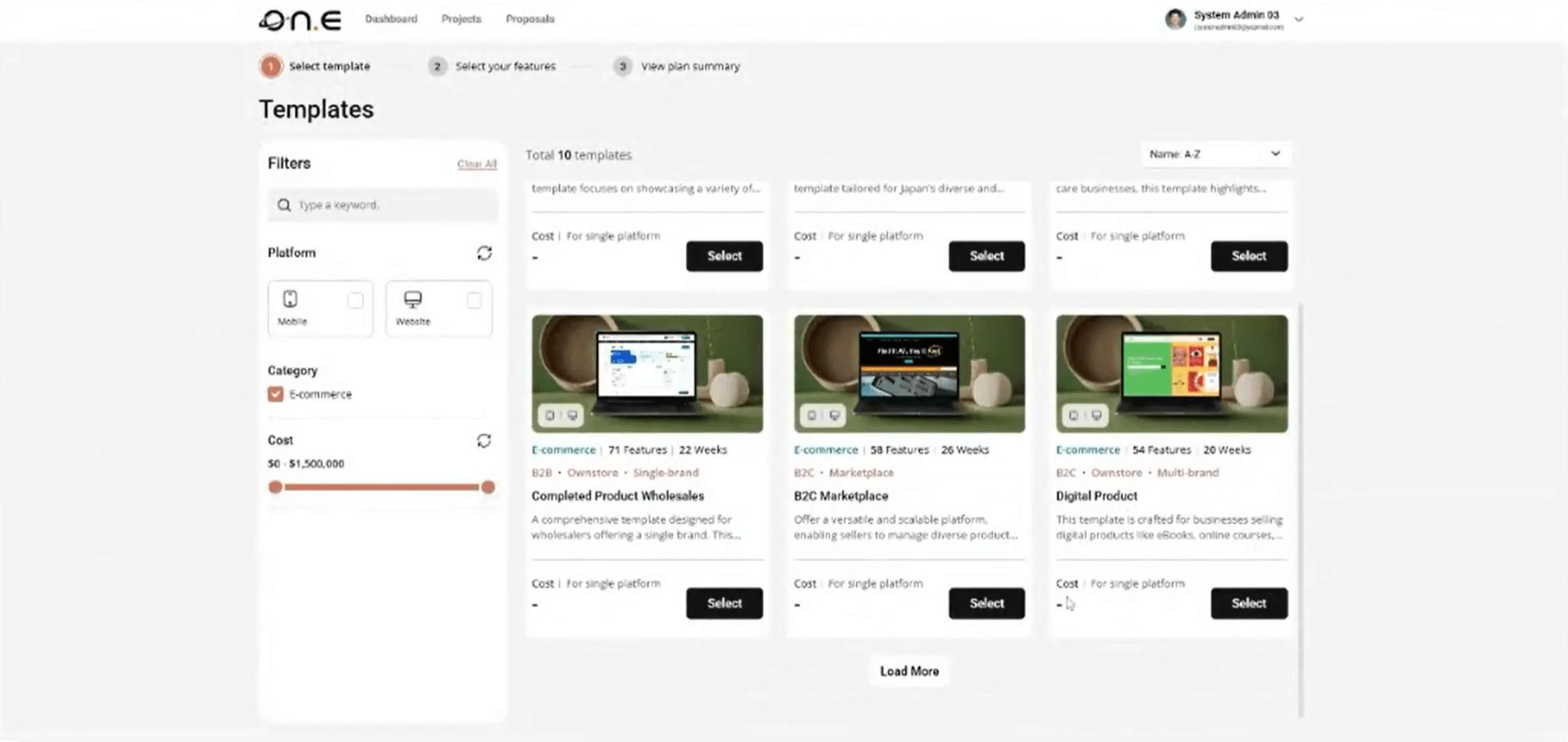
Toward a New Standard of Digital Commerce
As e-commerce matures, the bar is rising beyond just for how digital storefronts look, but for how intelligently they operate and how quickly they can evolve. ON.E represents a blueprint for what the next generation of commerce platforms should offer: not just software, but systems that learn, adapt, and scale with the business.
This isn’t about selling a product. It’s about embracing a new standard of execution where intelligent design, modular infrastructure, and real-time visibility replace slow cycles and static assumptions. The goal isn’t faster websites. It’s smarter, more responsive commerce ecosystems.
In a market that rewards agility and punishes laggards, platforms like ON.E don’t just streamline delivery, they redefine what's possible.
To learn more about what’s possible with ON.E, click here.




